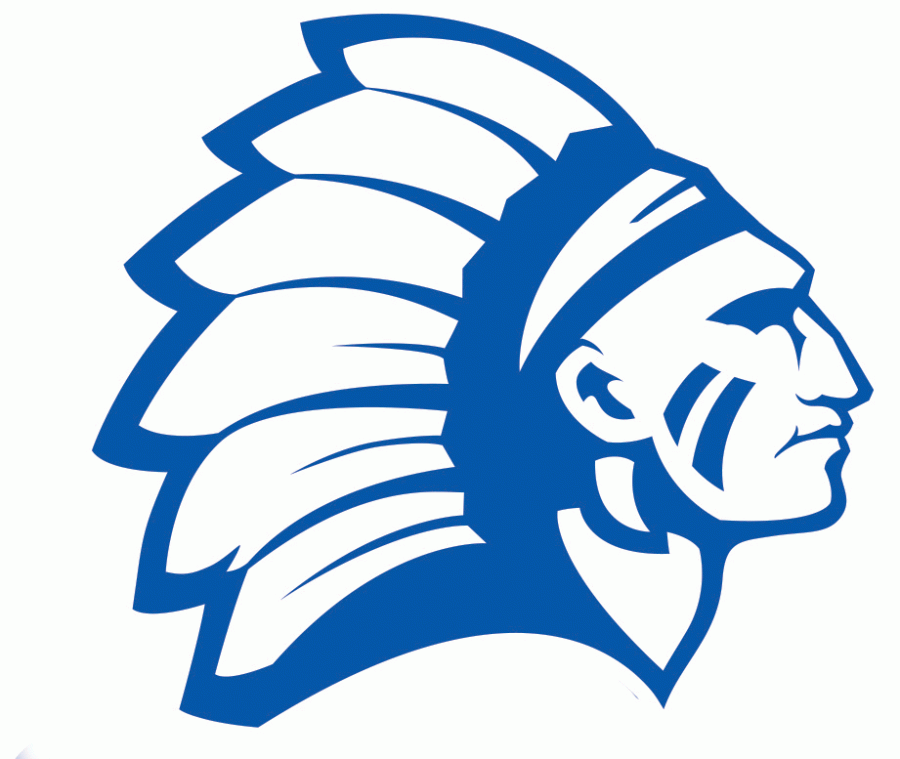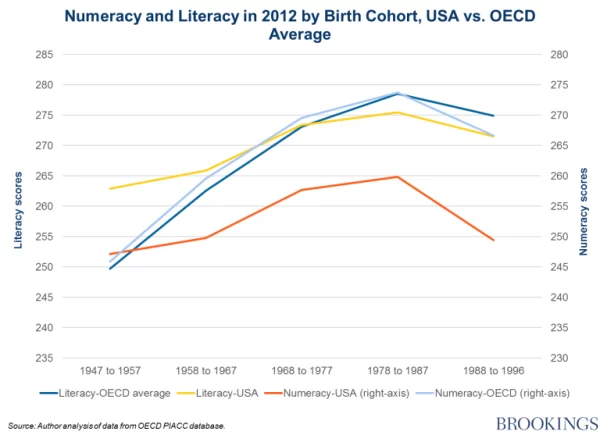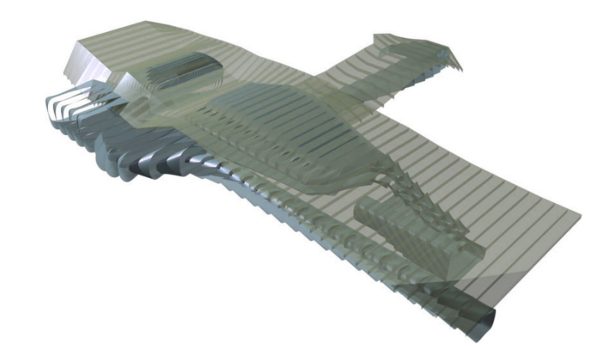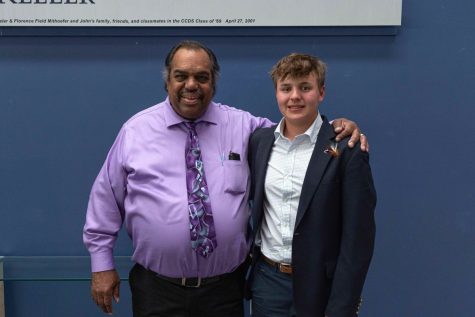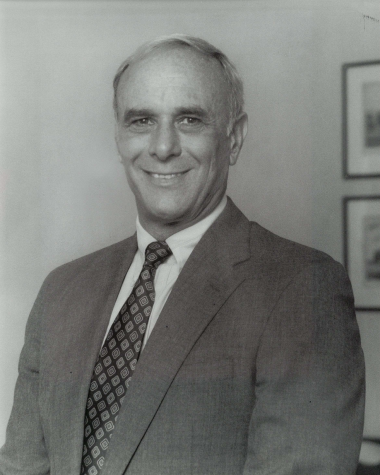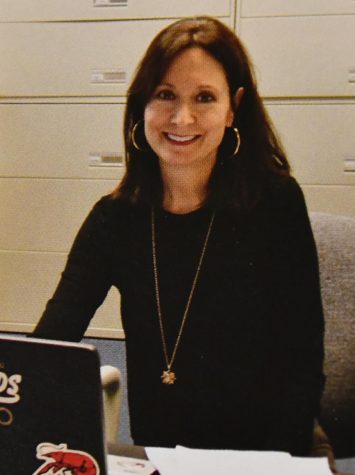CCD Mascot Under Review
August 8, 2020
This spring and summer, Cincinnati Country Day School received the most significant push in its history to change its Indian mascot from a large swath of the community including students, parents, and alums, warranting immediate action from the Board of Trustees.
The board is now working on an accelerated timeline to review the mascot. It has provided several opportunities for the community to provide input, such as the email address [email protected] and five town hall Zoom sessions in July. So far, the community has been eager to engage; there have been roughly 100 emails from the community and the first zoom session, for alumni, on Tuesday, June 30th had 50-60 participants. “If we feel we have enough of a response from the community, we may be able to reach a decision in August,” Mr. Joel Brant ’87, Chair of the Board, said.
In the meantime, Athletic Director Dennis Coyle said, the school is not putting the Indian logo on any new uniforms until the Board of Trustees has reached a decision.
The topic was opened for discussion in February when then-seniors Will Beyreis, Sylvia Nica, and Natalie DeBeer gave a presentation on the effects of caricatures of American Indians as mascots to the student body. They included a brief history of American Indians and the appropriation of their culture in media, as well as statistics from research that showed the negative psychological effects of such mascots on American Indians.
In particular, the presentation mentioned that several prospective families were turned away by the mascot and a few even left tours when they discovered the Indian logo on the wall. Wynton Jackson ’21, a student athlete, said:
“Personally, I didn’t realize the impact [of the mascot] until last year. For me, the mascot was just a symbol we put on CCD gear. During that presentation during Diversity Day, I was surprised… that prospective students and their parents were turned away by [the mascot]. In terms of the student body, nobody talks about [the mascot] normally, but when they do, it’s a really heated discussion.”
From the perspective of the student body, it may appear as though the conversation came to a halt at this point for several months. But the school board picked up the topic this spring shortly after Mr. Brant and Head of School Tony Jaccaci decided that before the seniors graduated in the spring, they should be given the opportunity to present to the board.
However, with the arrival of Covid-19 and remote learning, the presentation had to be postponed. The seniors were able to present to the Equity, Diversity, and Inclusion Council, (a subsection of the board), in May, marking the first time a student-led push for reconsidering the mascot has reached the Board of Trustees. The board then decided to discuss the issue further in the fall.
Then George Floyd was killed by Minneapolis police officer Dereck Chauvin and the country erupted in protest.
On June 2nd, just seven days after the death of George Floyd, the CCDS community received an email from Mr. Jaccaci reaffirming the school’s commitment to fostering an inclusive environment through its core virtues. Mr. Jaccaci wrote:
“Country Day has a long history of change… that has helped the school grow into a richly diverse community… In our history, when we have confronted challenge together, we have become stronger.”
Mr. Brant explained that many community members reached out to respond to this statement. “We received a lot of positive feedback, as well as some messages that said having a truly inclusive community requires us to discuss the mascot.”
One such message came from CCD alumna Kathryn Burress ‘16 who felt “the intent of this email was pure, but to send such an email when Country Day still bears the racist mascot of ‘Indians’ feels performative and disingenuous at best.” Shortly after, Ms. Burress started a petition on Change.org entitled “Have Cincinnati Country Day School Change its Mascot” that has nearly 2,000 signatures as of early July.
The petition caught the attention of the Board of Trustees, as well as the emails calling for an open discussion on the mascot. “Given that kind of outcry from the community, we decided we couldn’t table the issue until the fall,” said Mr. Brant.
Student opinions on this issue span a wide range. Josh Nixon ’20 said that school spirit and the mascot are entirely separate entities. “The mascot isn’t related to the quality of athletics. With or without the mascot, attendance at games would be the same.” Many other students have expressed indifference to the mascot’s role in athletics. In fact, if you were to sit in the stands at a football game, you wouldn’t see it on the helmets or hear its name called in the stands.
Other students feel strongly against the Indian logo. Former Spirit Squad captain Elena Hamall ’20 said, “It was very difficult for me… to do any cheers involving the mascot as I believe it is inappropriate and offensive.” Still others believe the Indian proudly represents the history of the native peoples who inhabited Indian Hill.
Xanni Brown ’10, who was an athlete and president of the student body at Country Day, has studied the impact of American Indian caricatures as a PhD candidate in social psychology at Yale. As an alum, Ms. Brown said, “It’s impossible to be proud of the mascot. As much as I loved CCD, I couldn’t wear the Indian because I felt it conflicted with my personal values—many of which were learned at CCD.”
When asked about the opinion shared by some that the mascot represents the history of the land CCD was built on and honors the American Indians who inhabited it, Ms. Brown replied, “Indigenous people… feel it’s not a legitimate symbol of respect for their culture.”
Ms. Brown also cautioned against a compromise on the mascot or removal without replacement. In 2007, the university of Illinois formally removed their mascot, a stereotyped image of an American Indian named Chief Illiniwek, but “the students kept the mascot unofficially.” Headdresses were still worn to football games and remained a part of the daily culture at Illinois. It was not until August 2017, just one week after a man drove his car into a group of people peacefully protesting a confederate monument in Charlottesville, Virginia, that the university began banning student use of the mascot, starting with a “war chant” that students were shouting at football games. In February of 2020, 13 years after the mascot was initially removed, the University of Illinois appointed a new mascot.
Though they may have had good intentions, not wanting to shock the community with such a big change, the University of Illinois is certainly not the model for pursuing a mascot change. “These mascots don’t change unless the institutions make a strong choice,” said Ms. Brown.
One such strong choice was made by Arkansas State University in removing their Indian mascot and re-branding their athletic teams as the Red Wolves. In their unveiling ceremony for the new mascot, ASU released new gear and University media for the students and community members. Additionally, they received the support of the Red Wolf Coalition, a nonprofit conservation group, who welcomed them to the Red Wolf family. Their investment in the new symbol enabled the community to process the change and identify their pride in the institution with the new mascot, said Ms. Brown.
The potential removal of the mascot is a three-step process, Mr. Brant said. The first step is the decision whether or not to change the mascot, the second would be creating a process for selecting a new mascot, and the third would be implementing that mascot, which could be a long process. “Even if there were a decision to change, a new mascot wouldn’t be selected until some point in the future,” he said.
The board is currently looking at what the potential hard cost of changing the mascot could be, such as new uniforms and scoreboards, and how long the timeline could be to make that change.
But there could also be positive impacts of a mascot change. Some patrons of the school might be motivated to donate if the Indian is removed and replaced. Families who would have been turned away by the Indian may consider CCD if it proudly displayed a different mascot. “There could be other impacts we’re not aware of,” said Mr. Brant.
Although this could be a long and difficult process, Ms. Brown remains optimistic. “I think this could be a really positive step forward for the community. CCD taught me and many others to be compassionate and insightful… and I hope we can approach these conversations with compassion and clarity.”
One interesting component of the dialogue around Native American imagery in mascots, both within our school and nationally, is its clear connection to the recent outcry for racial justice in our country. It was Mr. Jaccaci’s letter concerning the death of George Floyd and the ensuing protests that prompted many community members to call for the mascot’s removal. Since then, the Cleveland Indians and the Washington D.C. football team, whose mascot’s name is a derogatory racial slur, have begun conversations about changing their mascots after years of resisting change. But now that monuments, flags, and mascots that bear a racist history are nationally under review, these teams risk losing fans and retailers for their merchandise by keeping these mascots.
In July, the Forest Hills school board voted 4-1 to remove the racial slur and Native American caricature from Anderson High School’s mascot after receiving 2,000 emails from the community.
As for our own community, the connection to our country’s recent focus on systemic racism has both positive and negative repercussions. Co-president of Black Cultural Workshop Wynton Jackson ’21 said, “I know that people have been trying to get rid of the mascot for a long time, and I respect that. However… as soon as the BLM movement started getting traction, the petitions for the logo change came out. I guess I just wish students hadn’t taken some attention away from BLM.”



